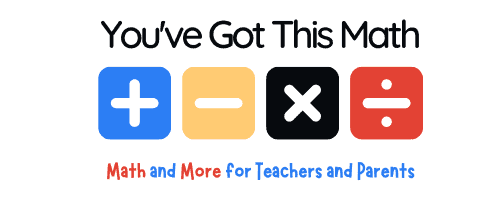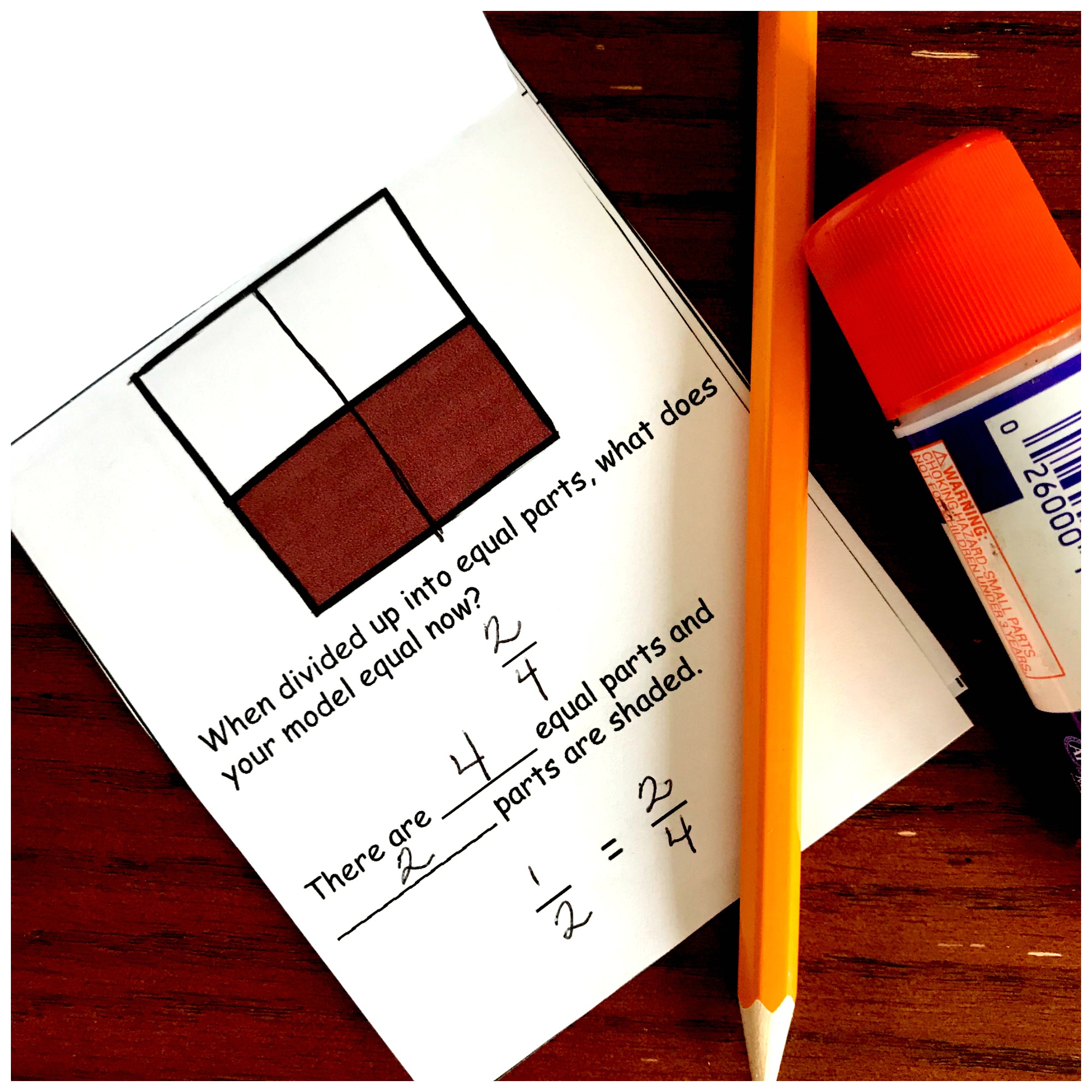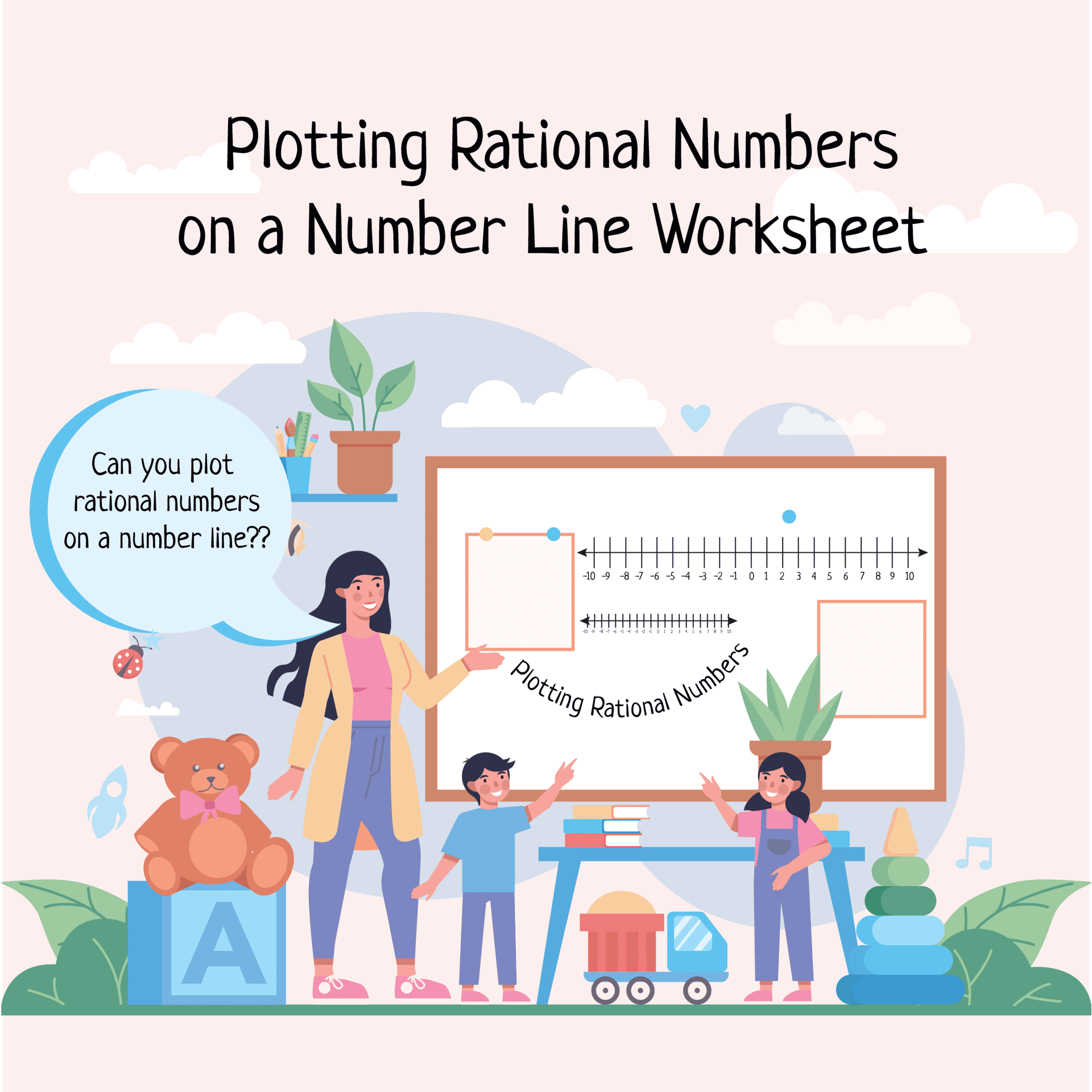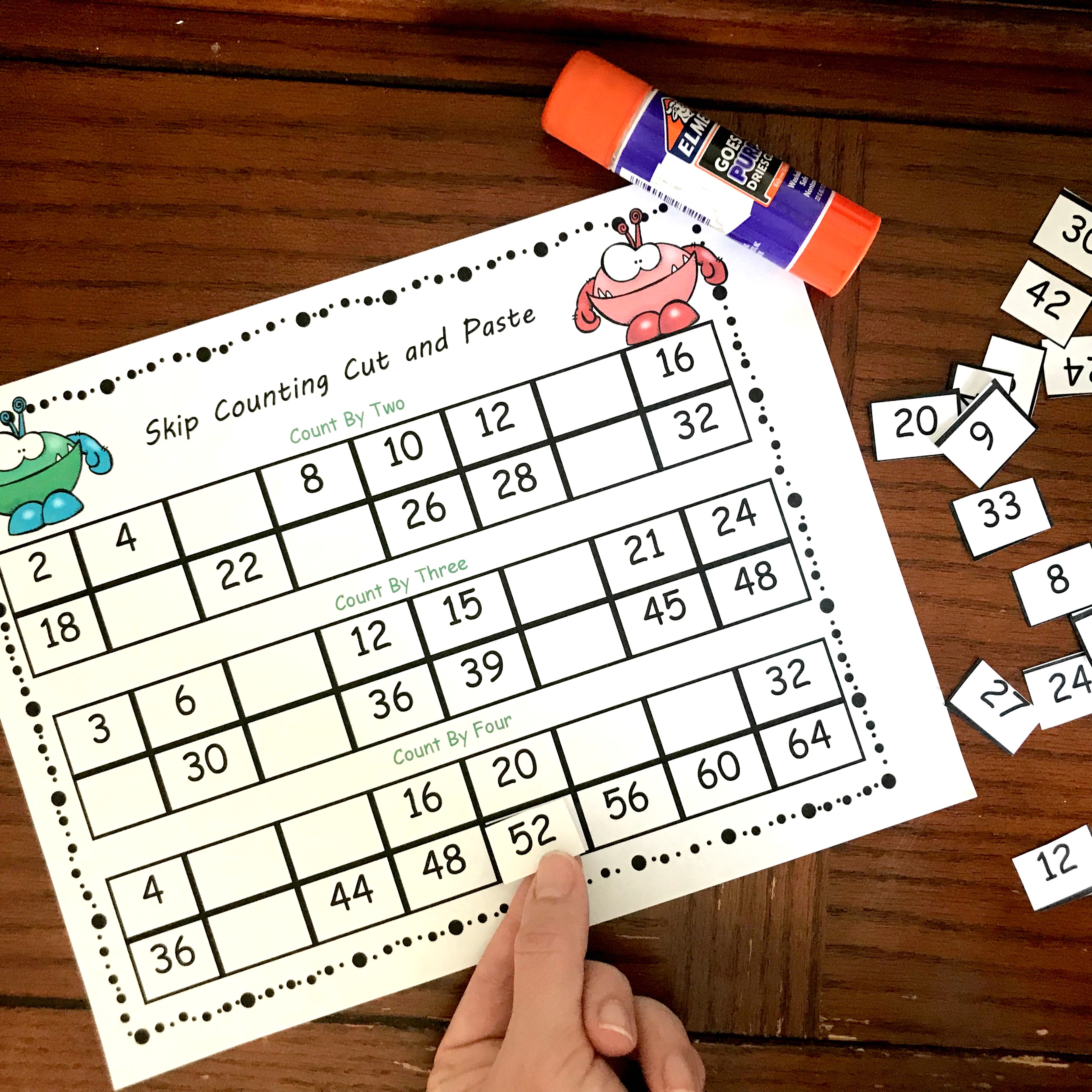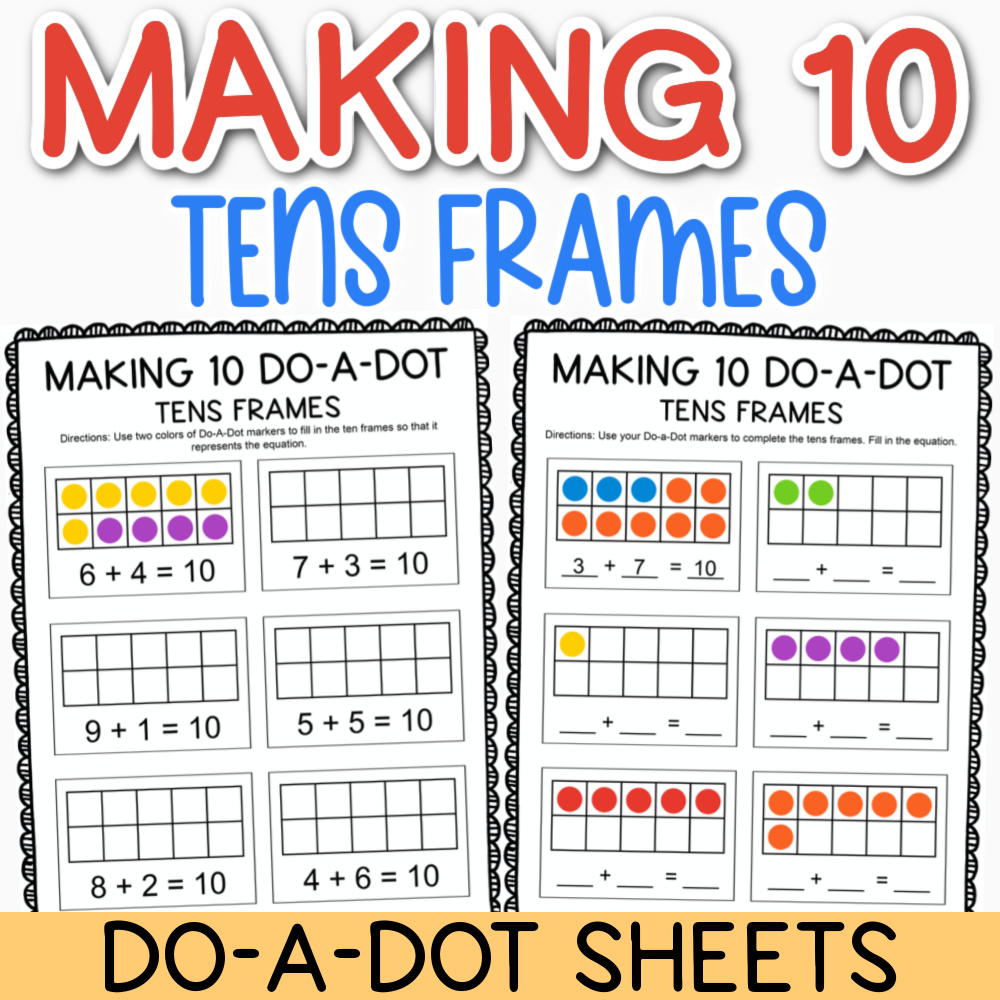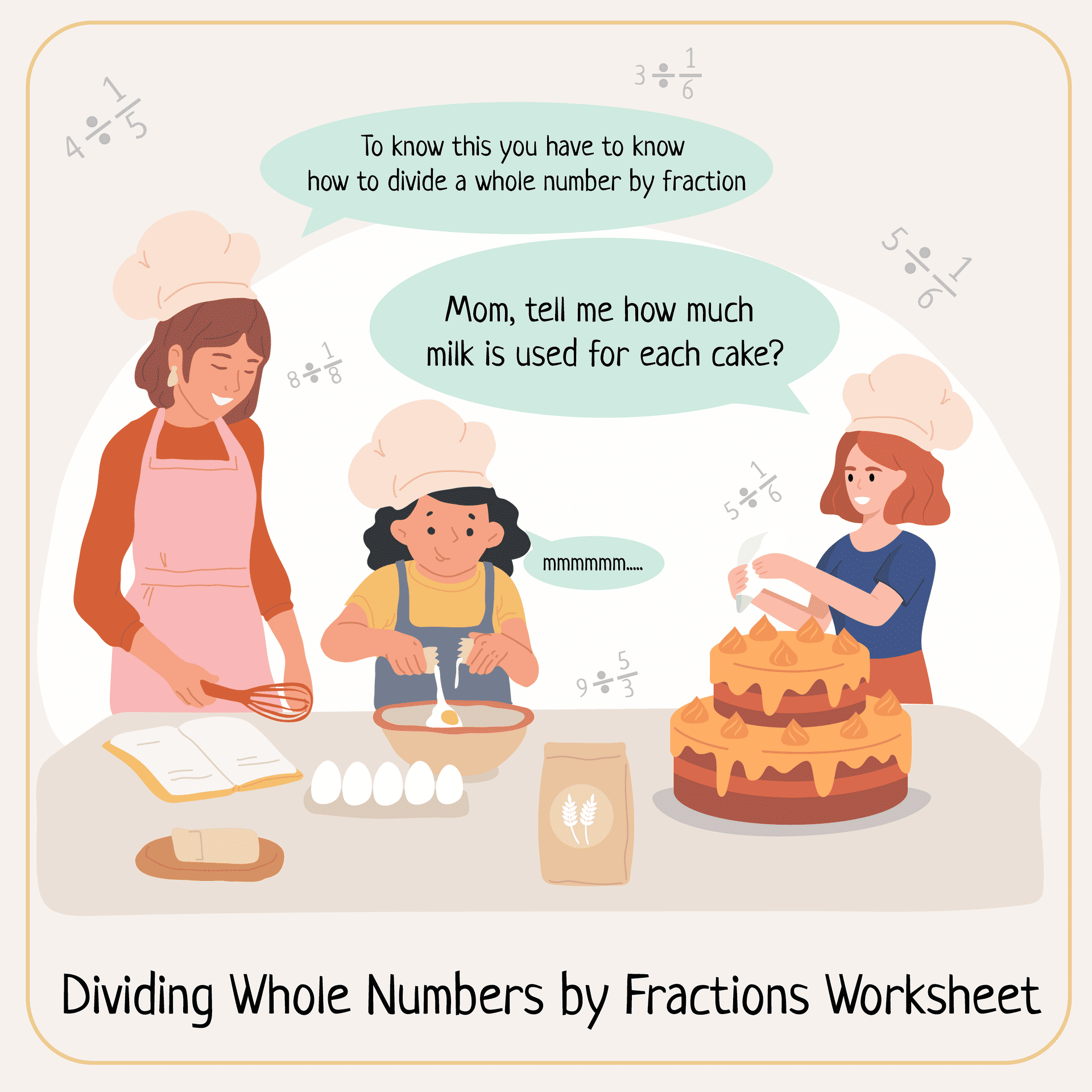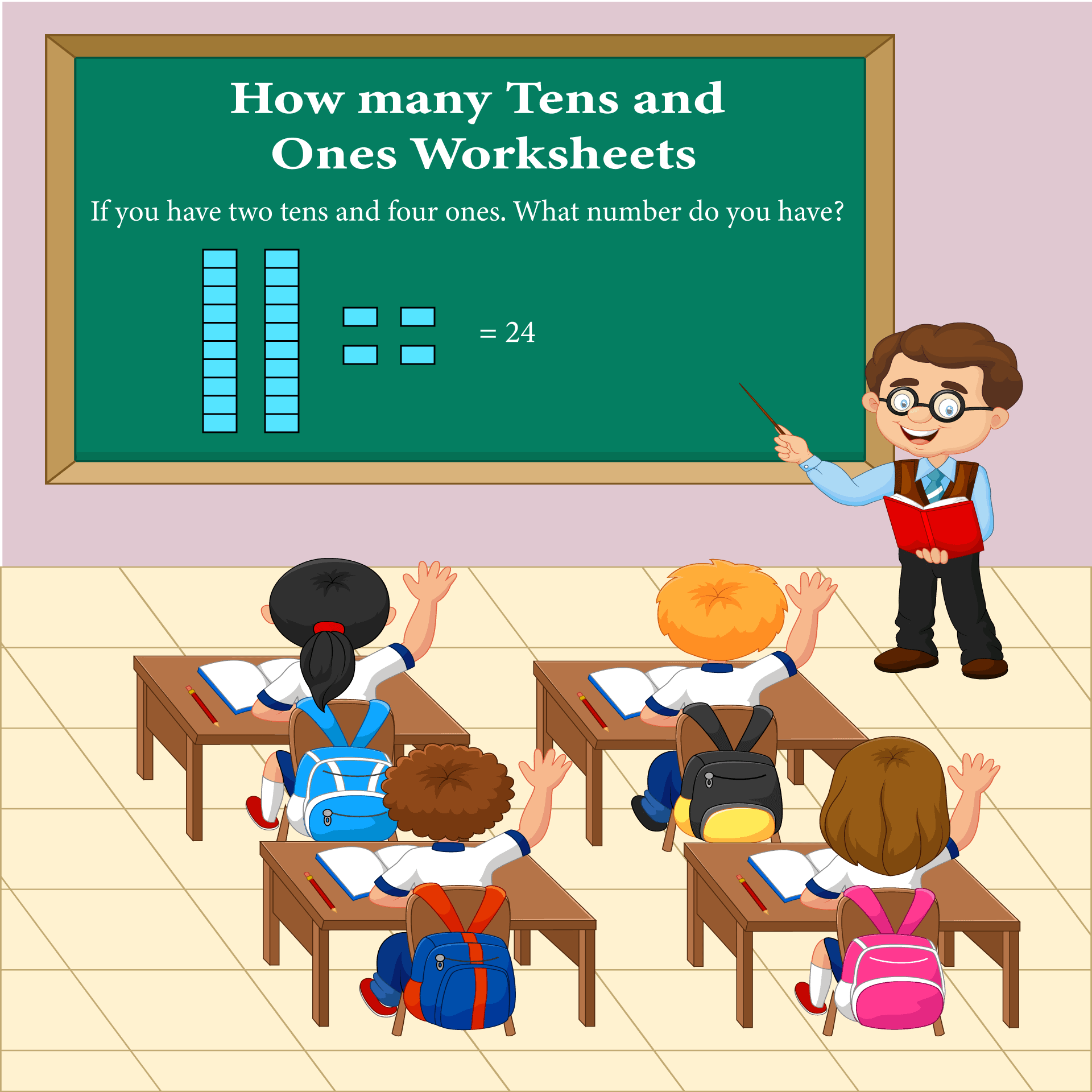Adding Decimals for Kids | Free Printable
These adding decimals for kids’ free worksheets will help to visualize and understand the addition of decimals. 1st Grade Students will learn basic addition methods and can improve their basic math skills with our free printable adding decimals for kids worksheets.
6 Free Worksheets on Adding Decimals
Download the following worksheets regarding adding decimals for your kids and practice more.
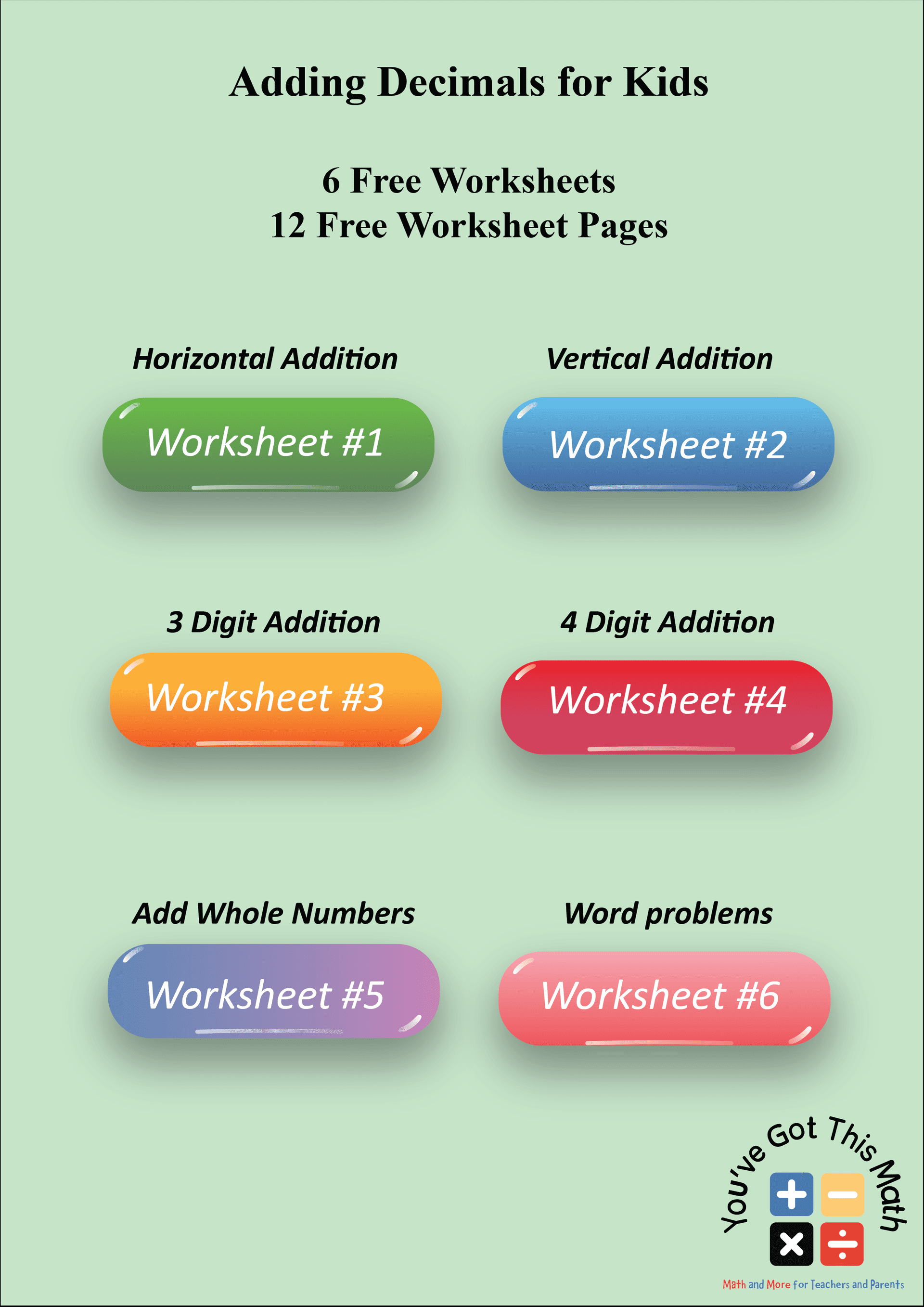
2 Digit Decimal Addition
Here, a 2-digit decimal addition will be shown. Two types of addition can be performed. The first one is horizontal addition and the second one is vertical addition.
Horizontal Addition
Here, the added worksheet is beset with 40 problems. You need to solve every problem. The problems are quite easy. Download the worksheet and practice.
Vertical Addition
In this portion, the worksheets are adorned with 40 problems with vertical alignment. Your students need to perform the addition vertically here. This task is quite easier than the horizontal addition.
3 Digit Decimal Addition
In this part, the attached worksheets contain problems with addition having 3-digit decimal numbers. You need to perform addition here. The former activity is the first step in solving these problems. If you can solve the problems from the previous activity, you will be successful in solving all the problems here too.
Is 4 Digit Decimal Addition Hard?
Okay, this is another level of former activities. Try them yourself. The only difference you can see here is that the problems contain four digits of decimal addition.
Add Decimal with Whole Numbers
Here comes the other decimal addition. Here, you will add whole numbers with decimals. The main idea is to add a whole number part of the decimal numbers with whole numbers.
Adding Decimal Word Problems
In this worksheet, you will get 16 word problems to perform decimal addition. Hold a second, read the question carefully, extract data from the question, and then perform addition.
Download the Free PDF
Please download the following combined PDF and get the free worksheets for your kids.
So today, we’ve discussed addition with adding decimals for kids’ worksheets using the concepts of 2-digit decimal addition, 3-digit decimal addition, 4-digit decimal addition, the addition of decimals with whole numbers, and word problems. Download our free worksheets and after practicing these worksheets, students will surely improve their mathematical skills and have a better understanding of addition of decimals.

Hi there! This is Souptik Roy, a graduate of the Bangladesh University of Engineering and Technology, working as a Content Developer for the You Have Got This Math project of SOFTEKO. I am a person with a curious and creative mind. After finishing my Engineering degree, I want to explore different fields. This is why I am working here as a content developer. I have a massive interest in creative content writing. When I find that someone can learn something from my articles, this gives a lot of inspiration. hopefully, you will find interest in my article, if you have a child and want to teach them math with fun.
